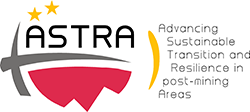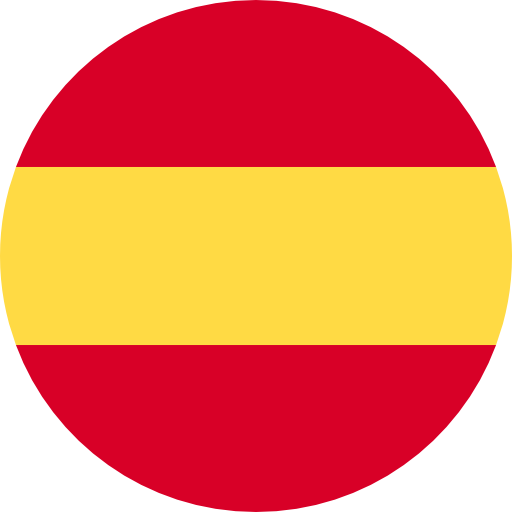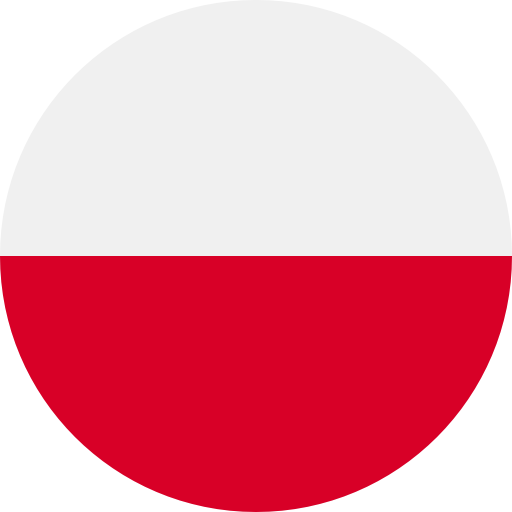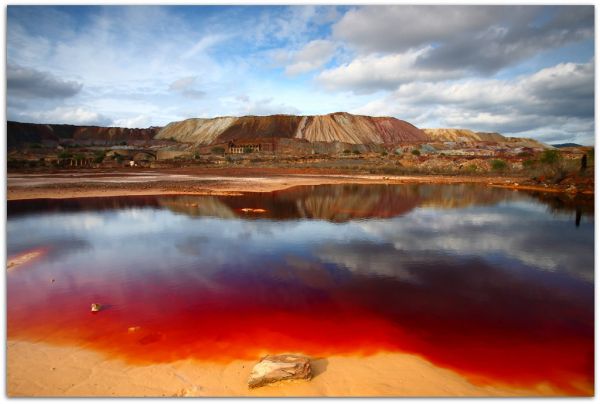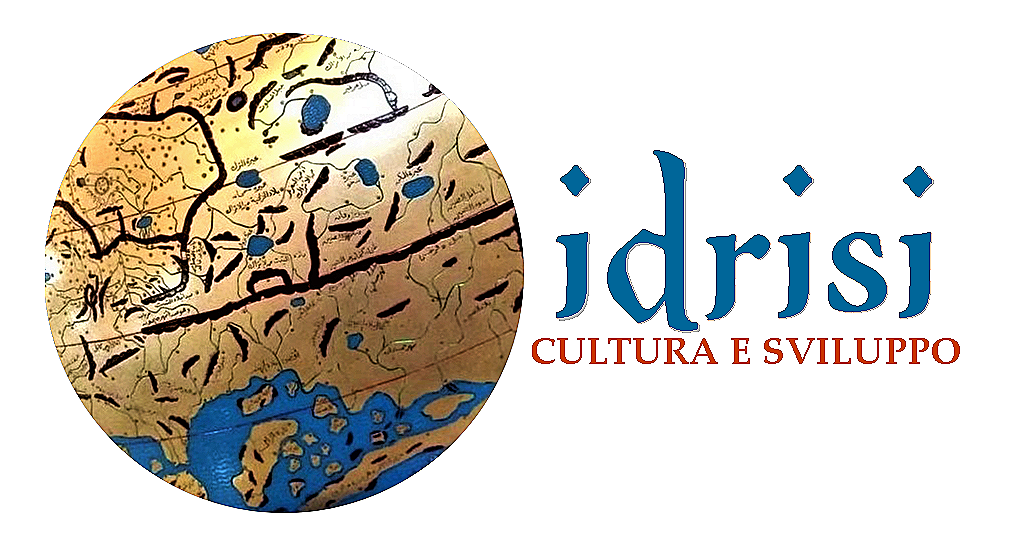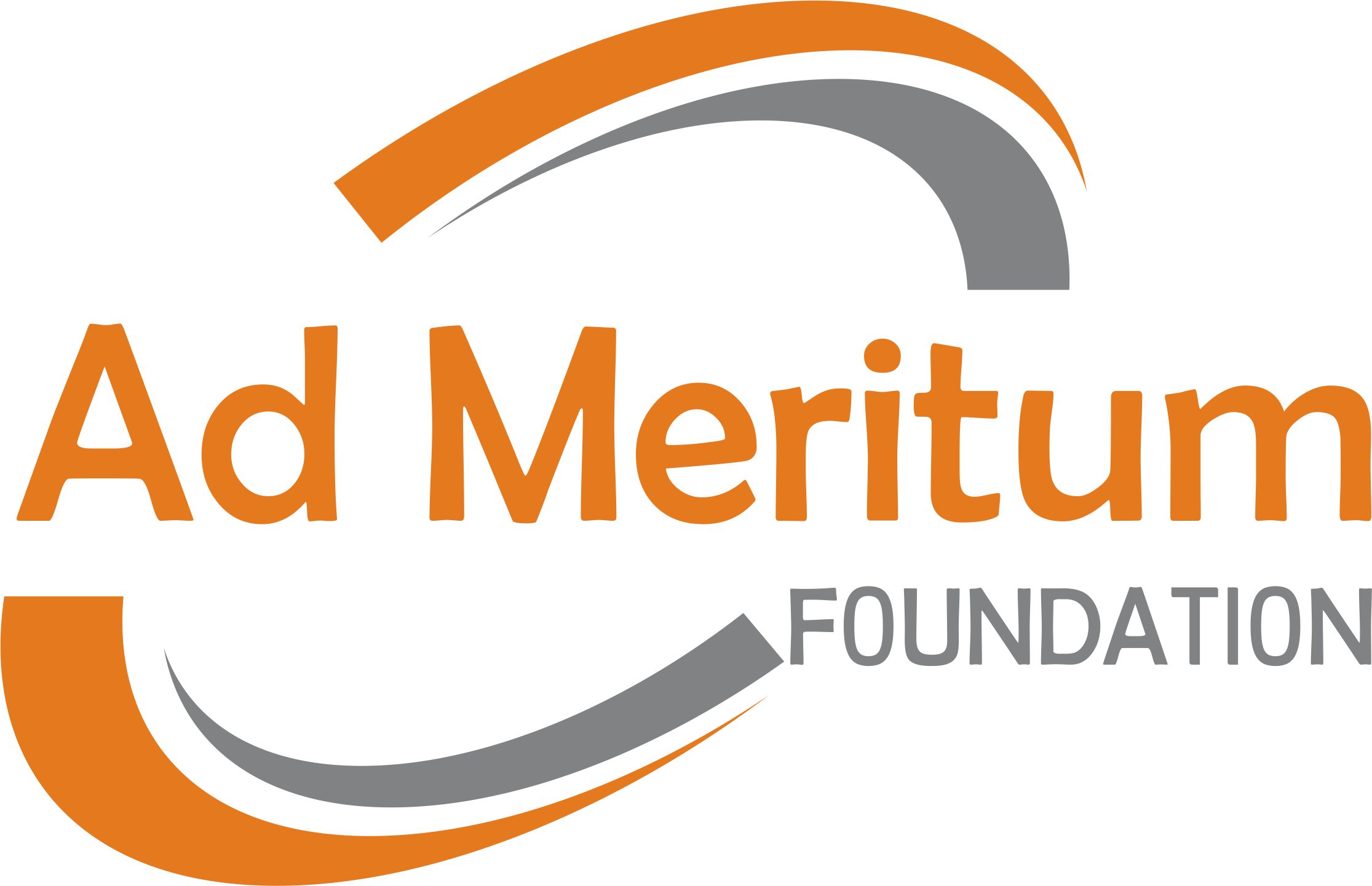Rio Tinto
37º 24' 33'' N 6º 40' 9'' W
Southwest in Spain
Spain
Description
Rio Tinto is a minning park in the southwest part in Spain.There is a river in the area called Rio Tinto too. It raises from Siera Morena mountain in Andalusia. The Rio Tinto river has a unique red and orange colour derived from its chemical makeup that is extremely acidic and with very high levels of iron and heavy metals After the 50 kilometre mark, the chemistry that makes the Rio Tinto river so unique appears to slowly decline, as does the odd colouring. The location where the chemistry of the river is altered is near a town called Niebla. The river's chemistry begins to significantly change following the town of Niebla owing to the fact that the Rio Tinto blends itself with other streams that are connected to the Atlantic ocean. Acid mine drainage from the mines leads to severe environmental problems because not the acidity (low pH) dissolves heavy metals into the water. It is clear how much acid drainage has come from natural processes and how much has come from mining. There are severe environmental concerns over the pollution in the river. The ore body was deposited during the Carboniferous period (300–350 Ma) by hydrothermal activities on the sea floor. The history of mining in the Rio Tinto area traces back to the Tartessans and the Iberians starting mining in 3000 BC, followed by the Phoenicians, Greeks, Romans, Visigoths, and Moors. The Rio Tinto region has been the source of approximately 5,000 years of ore extraction, and chemical refinement primarily for copper, silver and gold, and later for iron, manganese and other minerals. This long standing mining activity has vastly modified the topography of the region.
Extracted Materials
The Rio Tinto area has been the source of approximately 5,000 years of ore mining, including copper, silver, gold, minerals and other minerals, extracted as far as 20 kilometres from the river shores. As a possible result of the mining, the Río Tinto is notable for being very acidic (pH 2) and its deep reddish hue is due to iron dissolved in the water.
Antropological info
There are severe environmental concerns over the pollution in the river.
Although the river represents a harsh environment for life, some microorganisms classified as extremophiles do thrive in these conditions. Such life forms include certain species of bacteria, algae and heterotrophsthe social and environmental costs of living in the mineral age, wherein contemporary global livelihoods depend almost completely on the extraction of mineral resources. Owing to the logic of extractivism—the rapid and widespread removal of resources for exchange in global capitalist markets—both developed and developing countries are inextricably entangled in pursuing resource extraction as a means of sustaining current lifestyles as well as a key mechanism for promoting socioeconomic development. The past 15 years has seen a massive expansion of mineral resource extraction as many developing countries liberalized their mining sectors, allowing foreign capital and mining companies onto the lands of peasant farmers and indigenous people. The illnesses they can suffer are silicosis,pneumonia,cancer,asbestosis,respiratory problems and others. Common pills that minners use are silccosis herbs,hospital treatment,painkillers pills,anti- inflammatory
Once the miners settled into camp, they would use the hours outside of gold panning to take advantage of the wild food sources surrounding them. Berries, herbs, and animals such as game, squirrels, bison, prairie dogs, and sheeps were hunted and trapped in the forest to be cooked over the fire later on. Since most of the miners from the gold rush were male–and because of the fact that the nineteenth century still defined cooking as a woman’s job–most of these men were forced to learn how to cook over the open fire in order to survive the mining days. The religion of these minners is Catholicism.They have to study in elite university to become minners.
Sociologal info
Examples of such conflict are many, and several reasons have been advanced as to the causes for these conflicts and are based on structural controls of different governments.
Archaeological info
Rio Tinto's main business is the production of raw materials including copper, iron ore, bauxite, diamonds, uranium, and industrial minerals including titanium dioxide, salt, gypsum, and borates. Rio Tinto also performs processing on some of these materials, with plants dedicated to processing bauxite into alumina and aluminium, and smelting iron ore into iron. The company also produces other metals and minerals as byproducts from the processing of its main resources, including gold, silver, molybdenum, sulphuric acid, nickel, potash, lead, and zinc. Rio Tinto controls gross assets of $81 billion in value across the globe, with main concentrations in Australia (35%), Canada (34%), Europe (13%), and the United States (11%), and smaller holdings in South America (3%), Africa (3%), and Indonesia (1%).
Sustainable tourism insights
This area takes in the upper and middle sections of the Tinto river. It is unique in the world, both on account of its beautiful colours, and for its exceptional environmental and historical conditions. Coal was discovered just beyond Porto’s northeastern limits in the 18th century, and where there had been farms in the parish of São Pedro da Cova, mining soon took over. This particular mine was exploited for 200 years before closing in 1970. The museum is in the Casa da Malta, which used to be housing for miners who had travelled to work here from other parts of the country. If you’re interested in old industry you can see what’s left of the old mine, while the museum has two parts: The first describes the kind of ore that was extracted here, and the second goes into depth on the life and routine of a worker.
Environment sustainability
Rio Tinto has been widely criticised by environmental groups and at least one national government for the environmental impacts of its mining activities. The most high-level environmental criticism to date has come from the government of Norway, which divested itself from Rio Tinto shares and banned further investment due to environmental concerns. Claims of severe environmental damages related to Rio Tinto's engagement in the Grasberg mine in Indonesia led the Government Pension Fund of Norway to exclude Rio Tinto from its investment portfolio. The fund, which is said to be the world's second-largest pension fund, sold shares in the company valued at 4.85 billion kr (US$855 million) to avoid contributing to environmental damages caused by the company.To produce the materials the world needs, minners often work in remote locations and sensitive environments. They see themselves as long-term stewards of natural resources, including land and water, and the ecosystems they support. Wherever minners work, they continually partner with Indigenous and local communities to improve the natural resource management practices to minimise their impact on the environment.
The commitment to understanding and mitigating the risks and impacts their operations may pose to the environment extends from the very beginning of an operation’s life to beyond closure. For example, every year, at the Diavik Diamond Mine, in Canada’s Northwest Territories, minners bring together biologists and members from the local Indigenous communities to sample the water and assess the fish. And in Australia, at our Weipa operations in Far North Queensland, they working with Traditional Owners and Local Aboriginal People to rehabilitate land using ancient seeds to make sure the right plants are grown in the right areas. These plants will be used for medicine, food and ceremonies. At the managed operations, they apply internal standards and practices that are in line with – and sometimes go beyond – international and local regulations and permits, as well as the requirements of relevant industry associations such as the International Council on Mining and Metals (ICMM). Their standards clearly articulate what workers require from sites in terms of biodiversity and ecosystem services management, air and water emissions control and waste management. The assurance processes against these standards, local regulations and international certifications such as Copper Mark and Aluminium Stewardship Initiative (ASI), are one reason our sites are responsible stewards of lands and waters.
